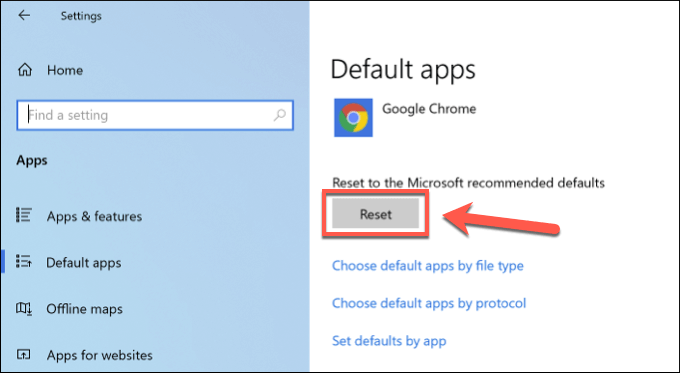
- #HOW TO CHANGE DEFAULT PROGRAM FILES DIRECTORY WINDOWS 7 WINDOWS 7#
- #HOW TO CHANGE DEFAULT PROGRAM FILES DIRECTORY WINDOWS 7 FREE#
- #HOW TO CHANGE DEFAULT PROGRAM FILES DIRECTORY WINDOWS 7 WINDOWS#
I will be referring to our new installation path as E:\Program Files and E:\Program Files (x86), so replace these paths with the ones you want to have (you can choose other names as well). Now that you have been warned, let's get started: Open a Run.
#HOW TO CHANGE DEFAULT PROGRAM FILES DIRECTORY WINDOWS 7 WINDOWS#
You are responsible for all consequences.įurthermore, since we are going to edit the Windows registry for our causes, you should have that backed up first in case something goes wrong.

If the hard drive you have the operating system installed on is running out of space though, or you just want to have the OS on a separate SSD, you might want to consider changing these default installation paths.īe warned before you go on though! Microsoft does not officially support changing installation directories (see here). If you have added or changed file associations using the Windows tools while the Unassociate File Types tool has been open, click the Refresh list button to refresh the list of available Files types.By default Windows installs all programs into the C:\Program Files and C:\Program Files (x86) directories. Try not to use this option for common file types, such as. Be careful when choosing to use this option, because it removes both the user-specific and the global associations for the chosen file type. You can use the Delete file type button to remove a file type completely from the registry. To close the Unassociate File Types tool, click the X button in the upper, right corner of the dialog box. Once you remove a file type association the Unassociate File Types tool, Windows will use the default, global file association settings for that file type.

Once you click the Remove file association (User) button, a dialog box displays telling you that the custom file association has been removed from the registry. NOTE: The Remove file association (User) button is not available until you select a file extension from the File types list. This changes the default program used to open the file when you double-click on a file of that type. To remove the user-specific, custom association, for the chosen file type, click the Remove file association (User) button. On the Unassociate File Types main window, select the desired file extension from the File types list. Simply unzip the file you downloaded and double-click on the Unassoc.exe file to run the utility.Ĭlick Yes on the User Account Control dialog box that displays. The utility does not require installation.
#HOW TO CHANGE DEFAULT PROGRAM FILES DIRECTORY WINDOWS 7 WINDOWS 7#
We display examples from Windows 7 in this post. Unassociate Files Types also works in Windows Vista. NOTE: Unassociate File Types requires administrative privileges to work correctly.
#HOW TO CHANGE DEFAULT PROGRAM FILES DIRECTORY WINDOWS 7 FREE#
We found a free tool, called Unassociate File Types, that allows you to easily remove a file type association in Windows 7.

If you accidentally associate a file type with a specific program and you want to remove that association and return to using the default, global association for that file type, the Set Default Programs tool does not provide an easy, graphical method for doing this. The Always use the selected program to open this kind of file cannot be unchecked. NOTE: By default, the program you choose on this dialog box will always be used to open other files of the same type as the selected file.


 0 kommentar(er)
0 kommentar(er)
